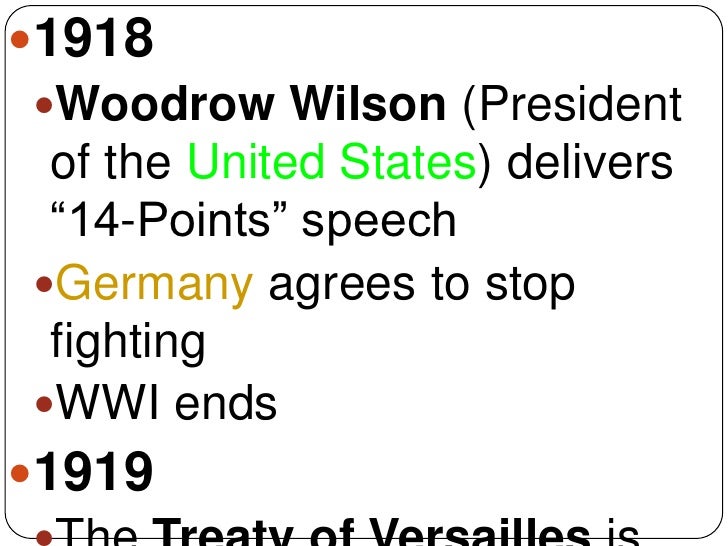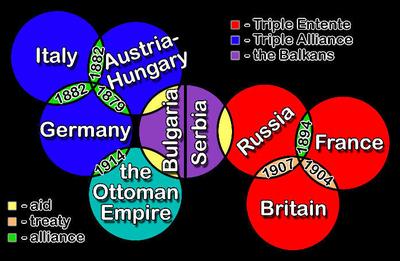

The Belgian army’s multiple-barrelled mitrailleuse is soon followed by the Gatling gun – the first gun that can be continuously fired. Soon renamed the revolver, it is faster to reload than any other firearm, and remains popular today. 1836Īmerican inventor Samuel Colt patents a “revolving gun”, which improves on several previous designs. They are eventually replaced by high-explosive shells during the first world war. They contain a large number of bullets released at high velocities on detonation. The British army begins using shrapnel shells (invented earlier by the Chinese), named for their inventor Henry Shrapnel. The technology remains crude and unsafe for many decades, though several subs are used in the American Civil War (1861 to 1865). The first submarine used in battle, Turtle, is created by American David Bushnell. Indian Sultan Fateh Ali Tippu successfully deploys rocket artillery against the British, leading inventor Sir William Congreve to develop his own version, the Congreve rocket. Rockets become a permanent fixture on the battlefield, having gone in and out of fashion over the centuries The dynasty’s new technologies are eventually collected in the Huolongjing: a treatise on warfare by Jiao Yu and Liu Ji. Developments include the matchlock, which eliminates the need to fire a gun with a hand-held match the musket and the naval mine. See The longbow’s deadly secrets 1368 to 1644Ĭhina’s Ming Dynasty drives firearms technology forwards. An English army with a high proportion of archers decimates a French army five to 10 times larger. The Battle of Agincourt marks the zenith of mediaeval longbow technology. However, Islamic science declines from the 17th century onwards.

The Golden Age of Islam (600 to 1600 AD) rescues the advances of classical civilisations after the fall of the Roman Empire.įirearms technology develops rapidly and Egyptian soldiers are the first to use hand cannons and other small arms at the Battle of Ain Jalut in 1260. This leads rapidly to a primitive firearm, the “fire lance”, the first rocket, known as the “fire arrow”, and primitive bombs under the Song Dynasty (960 to 1279) – new technology partly driven by aggressive neighbours like the Jin Dynasty to the north. It was eventually replaced by the counterweight trebuchet, which is driven by a falling weight rather than manpower, in the Middle Ages. The traction trebuchet was long considered to be folklore, until a working model was built in 1991 and shown to be effective. Around the same time, the ancient Greeks develop their own siege weapon, the ballista, a kind of scaled-up crossbow. Powered by teams of about a dozen people, it could sling balls of rock as far as 125 metres. The traction trebuchet is thought to have been developed in China around this time. Perhaps echoed by the Excalibur myth, swords are ceremonially placed in rivers, possibly as offerings to gods (see The swords that had to die).

The Bronze Age enables the development of the first metal daggers, and later swords.īy 1000 BC, swords are intertwined with Celtic mythology and ritual in Britain, reflecting their importance in society. Only in the 20th century, with the appearance of rapid-fire weapons such as machine guns, do armies turn away from a reliance on horses. Horses are first domesticated, on the steppes of Kazakhstan.Īs well as revolutionising transport in general, horses are instrumental in the history of warfare. Some believe they were invented much earlier, pointing to a single 60,000-year-old stone that may or may not be an arrowhead.Ī thorough analysis of projectile points from archaeological digs around the world suggests that projectile weapons were not in widespread use before 50,000 years ago ( Journal of Archaeological Science, DOI: 10.1016/j.jas.2005.10.015). The earliest arrowheads date from this time, suggesting that bows and arrows were in use.


 0 kommentar(er)
0 kommentar(er)
